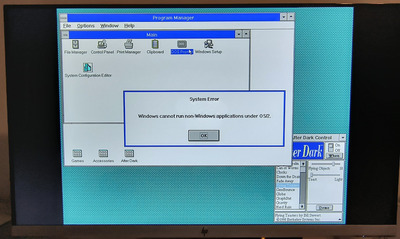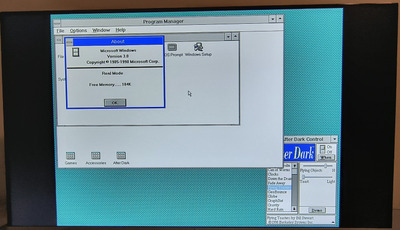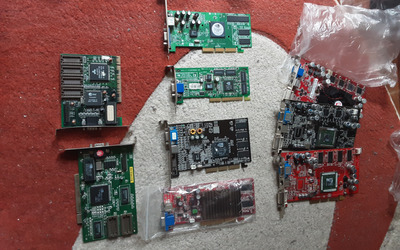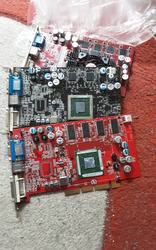Reply 24500 of 27580, by fosterwj03
A couple of months ago, I got the idea to try to install Windows 3.0 within the OS/2 1.3 DOS environment on my Pentium 4 Retro Rocket from watching a NCommander video on Youtube. Unfortunately, Windows 3.0's setup program gave me out of memory error messages. In fact, every DOS program I tried within OS/2 gave me low memory errors even though they all worked before. I spent several days troubleshooting to try to figure out what I might have done to change OS/2 to make it behave this way. TCP/IP stopped working as well, but I thought that was an unrelated issue. I ultimately gave up to focus on other projects.
Yesterday, I decided to perform a clean install of OS/2 1.3 on the Pentium 4 and try to install Windows 3.0 again. I installed OS/2 1.3 in VirtualBox first to make sure it would work with Windows 3.0 in the DOS session, which did install properly. The DOS session after the fresh OS installation on real hardware still gave me the same memory errors, though. I was stumped again.
I figured the issue must be in the hardware. After checking to make sure I had all of the expansion cards seated on the motherboard properly, I started going through the BIOS settings. That's when it hit me. I had the system memory configured for "Non-OS2" instead of "OS2" in the "OS Select for DRAM > 64MB" setting. I know that OS/2 uses a different method to address memory above 16MB and again above 64MB, but I never thought this BIOS setting would affect OS/2 1.x given its 16MB limit for memory access. But, sure enough, the OS/2 DOS session started working properly as soon as I changed that BIOS setting back to "OS2". It also looks like this issue affected my TCP/IP sessions as well.
On a positive note, Windows 3.0 in the DOS session can use the built-in 8514/A driver compatible with my Retro Rocket's Mach32 video card (an ATI Graphics Ultra Pro PCI). 1024x768, 256 color mode makes this effort a little more interesting. I just wish Windows 3.0 didn't have to operate in "Real Mode" within OS/2 1.3's DOS session. There's not a lot of Windows 3.0 software that works in "Real Mode". Here are a couple of screen pictures.







